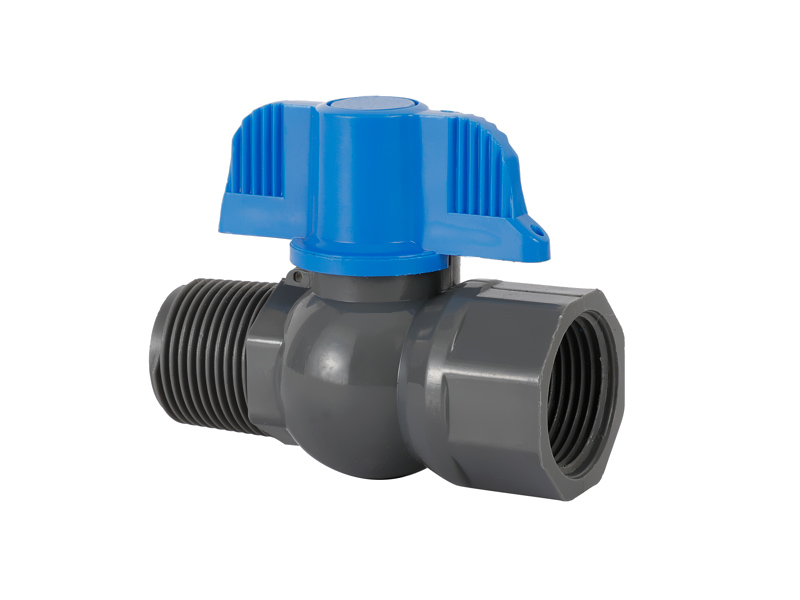How does the male ball valve design enable smooth and effortless on/off operation?
The male ball valve design is a key characteristic...
MORE >>















Valve sensors are instruments used to indicate valve po […]
Valve sensors are instruments used to indicate valve position. For example, when mounted on globe valves such as Ball Valve, sensors such as limit switches are used to indicate whether the valve is fully open or fully closed. Other types of position sensors can also be used to transmit real-time position data throughout the valve rotation. Valve position sensor readings can be displayed by light, pointer dial or digital screen. In more complex systems, limit switches or position sensors will connect directly to a programmable logic system (PLC) or data acquisition system (DAQ) to automate the process when the valve reaches a certain position. Position feedback sensors are critical communication tools that help operators and system engineers control and understand their systems. Sensors provide real-time information about valve position, which is critical in an age of increased automation.
1-2 Inch Plastic Female Threaded And Male Ball Water Valve

Not only do automated systems run at peak efficiency when all components are working properly, but also when operators receive real-time, accurate data. Valve position sensors transmit feedback to help operators keep systems running smoothly and even speed up production. Position sensors can also be an important safety feature. They are especially important in applications where serious damage or injury can occur if the valve is in the wrong position while other applications are in progress. Valve position feedback sensors are common in automated systems, where they support proper system functionality and communicate real-time information to operators.
osition sensors are common on actuators in industries such as power generation, mining, food processing, chemical manufacturing, and more. There are sensors for all types of actuators - hydraulic, pneumatic and electric. In its most basic form, position sensors simply provide visual feedback that a valve is open or closed. In more complex systems, position sensors provide feedback directly to PLC devices to automate certain tasks when the valve opens or closes. Position sensors on control valves contain more complex mechanisms, as they need to be able to precisely determine the valve opening to regulate the flow rate of the medium. Rotary position sensors are the most common type of sensor used to detect valve position because they are designed to convert rotational position into an electrical signal. Rotary position sensors are used in applications that require frequent adjustment of position or speed.
Touch sensors (called potentiometers) contain a mechanical tap that changes resistance proportionally based on position, creating an adjustable voltage divider. A voltage divider transmits a position measurement through an electrical signal and converts it into a reading. In a non-contact sensor, physical contact is eliminated and the valve position is transferred via a magnetic field. The strength of the magnetic field will vary throughout the cycle of the valve. Changes in the magnetic field will create a voltage difference through a theory called the "Hall effect". This voltage can be measured by an integrated circuit (IC) to determine valve position. The absence of mechanical parts extends the life of the non-contact sensor as it avoids the wear associated with mechanical contact. Single-turn sensors measure the position of single-turn valves, such as ball valves, where the valve is turned less than 360° (usually 90°) to stop and start the flow of media. Multi-turn sensors can measure the position of valves that require multiple turns to open or close. Examples include globe or gate valves, which require multiple 360° rotations to completely stop or start the flow of media.

The male ball valve design is a key characteristic...
MORE >>
In today's modern world, efficient and reliable wa...
MORE >>
Copyright ©All rights reserved:Zhejiang Xier Plastic Valve Lead Co.,LTD. PVC Ball Valves Manufacturers Technical support: HWAQ  浙公网安备 33060402001174号
浙公网安备 33060402001174号

 English
English España
España عربي
عربي